How to Implement Well Control Standards and Regulations
Well control in the oil and gas operations involves measures to maintain pressure control and prevent the uncontrolled release of hydrocarbons during drilling, completion, or production activities. Adherence to well control standards and regulations is vital to safeguard personnel, protect the environment, and ensure operational efficiency. This article explores the key well control standards and regulations, their components, challenges, and solutions in implementing well control standards, and how simulation tools are used for adhering to well control standards.
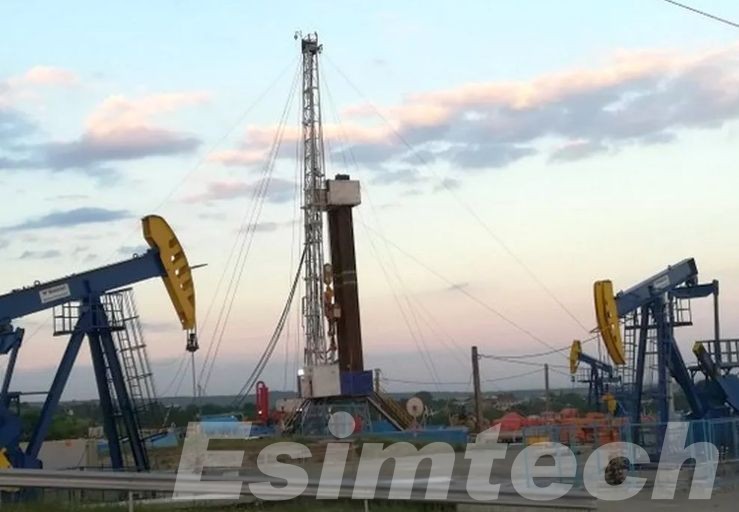
Key Well Control Standards and Regulations
1. American Petroleum Institute (API) Standards
API is a leading authority in oil and gas industry standards. Key well control standards include:
- API RP 53: Focuses on blowout prevention equipment (BOP) systems for drilling operations, including installation, testing, and maintenance.
- API Standard 16A: Provides specifications for well control equipment such as ram-type BOPs and annular preventers.
- API RP 59: Offers guidelines for well control operations to prevent and manage kicks and blowouts.
- API RP 75: Recommends practices for safety and environmental management systems (SEMS) for offshore facilities.
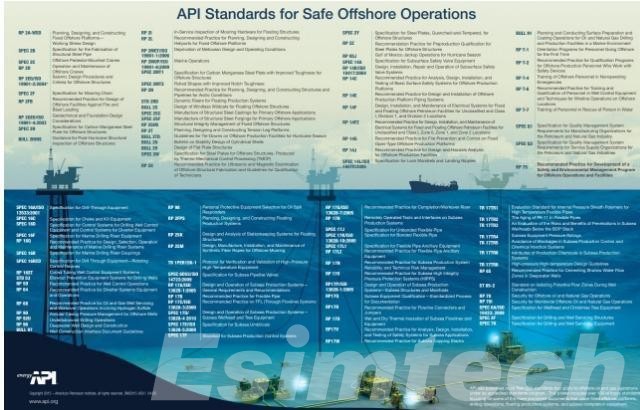
2. International Organization for Standardization (ISO) Standards
ISO standards address global well control needs, emphasizing equipment reliability and operational safety:
- ISO 16530-1: Focuses on well integrity during the entire lifecycle of the well.
- ISO 10423: Specifies requirements for drilling and production equipment, including blowout preventers and pressure control devices.
3. International Association of Drilling Contractors (IADC) WellSharp Program
The IADC WellSharp program provides a globally recognized certification framework for training and competence in well control. It targets various roles, including drillers, supervisors, and engineers, ensuring they are prepared for well control scenarios.
4. Offshore Safety Regulations
Governments and organizations have developed offshore-specific well control regulations to address unique challenges in offshore drilling:
- BSEE (Bureau of Safety and Environmental Enforcement): Oversees offshore safety in the United States, including well control equipment inspection and operational compliance.
- United Kingdom’s Offshore Safety Directive: Implements the EU Offshore Safety Directive to regulate offshore installations in the UK, emphasizing risk management.
5. Occupational Safety and Health Administration (OSHA) Regulations
OSHA enforces workplace safety standards for the oil and gas sector in the U.S., focusing on:
Hazard communication and training for well control.
- Emergency response protocols for hydrocarbon releases.
- Personal protective equipment (PPE) requirements.
6. Oil and Gas Authority (OGA) Standards
In the United Kingdom, the OGA sets guidelines for managing well integrity and ensuring compliance with environmental and safety obligations throughout the well’s lifecycle.
7. National and Regional Standards
- Canada’s Oil and Gas Operations Act (OGOA): Mandates safety and environmental protection during drilling and production activities.
- Australia’s NOPSEMA (National Offshore Petroleum Safety and Environmental Management Authority): Regulates offshore safety, emphasizing equipment reliability and well control procedures.
8. Training and Certification Standards
- IADC WellSharp Certification: Standardized well control training for personnel.
- IWCF (International Well Control Forum): Provides certifications for well control, with training tailored to various roles and well types.
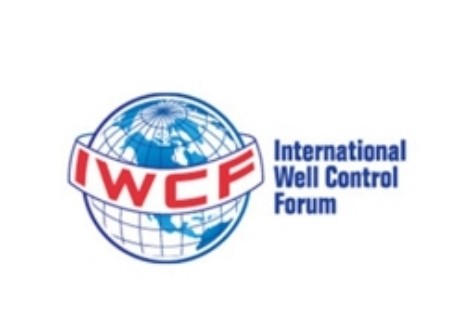
Components of Well Control Standards
Well, control standards are comprehensive frameworks designed to ensure safety, minimize risks, and manage emergencies during drilling, completion, and production activities. These components collectively address equipment, procedures, training, and monitoring.
1. Equipment Requirements
Well-control standards specify the design, maintenance, and functionality of critical equipment to ensure safe operations.
- Blowout Preventer (BOP): Guidelines for BOP types, pressure ratings, testing, and maintenance schedules.
- Wellhead Systems: Specifications for wellhead design, pressure control, and load management.
- Mud Circulation Systems: Requirements for monitoring mud weight, density, and flow rates to prevent kicks.
- Pressure Monitoring Tools: Standards for gauges, sensors, and control panels to detect anomalies.
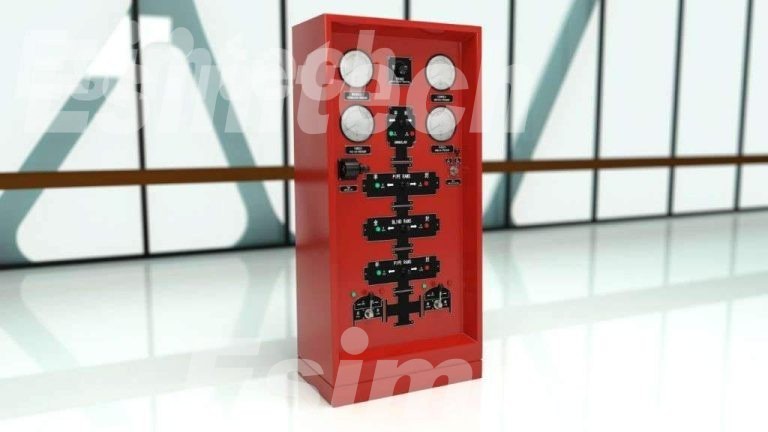
2. Operational Procedures
Clear procedural guidelines are integral to well-control standards to ensure consistency and safety during operations.
- Kick Detection and Response: Steps for detecting abnormal pressure changes and shutting in the well.
- Drilling Fluids Management: Procedures for maintaining proper fluid properties to control wellbore pressure.
- Casing and Cementing: Specifications to ensure well integrity and prevent blowouts.
3. Training and Competency
Competency standards focus on equipping personnel with the skills needed to manage well control scenarios effectively.
- Certifications: Requirements for certifications like IWCF or IADC WellSharp for operators and supervisors.
- Regular Training Programs: Periodic well control training to refresh and update skills.
- Competency Tracking: Systems to monitor skill levels and address gaps.
4. Monitoring and Data Management
Real-time monitoring and data analysis play a vital role in maintaining well control.
- Surface and Subsurface Monitoring: Standards for tracking pressure, flow rates, and temperature.
- Automated Systems: Use of AI and IoT for real-time anomaly detection.
- Data Recording and Reporting: Guidelines for maintaining logs for compliance and post-incident analysis.
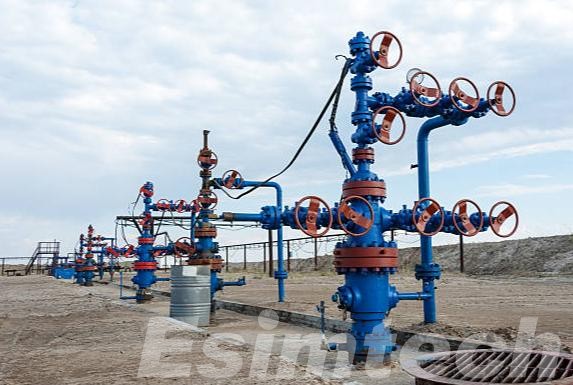
5. Regulatory Compliance
Well control standards emphasize adherence to national and international regulations.
- API and ISO Standards: Adopting globally recognized frameworks for consistency.
- Regional Requirements: Tailoring standards to meet local regulatory bodies’ expectations.
- Audits and Inspections: Regular checks to ensure adherence to standards and certifications.
6. Emergency Response Protocols
Standards include detailed plans for managing unexpected well control events.
- Blowout Management Plans: Steps to contain and mitigate blowouts.
- Evacuation Procedures: Ensuring personnel safety during emergencies.
- Collaboration with Authorities: Coordinating with local regulators and emergency responders.
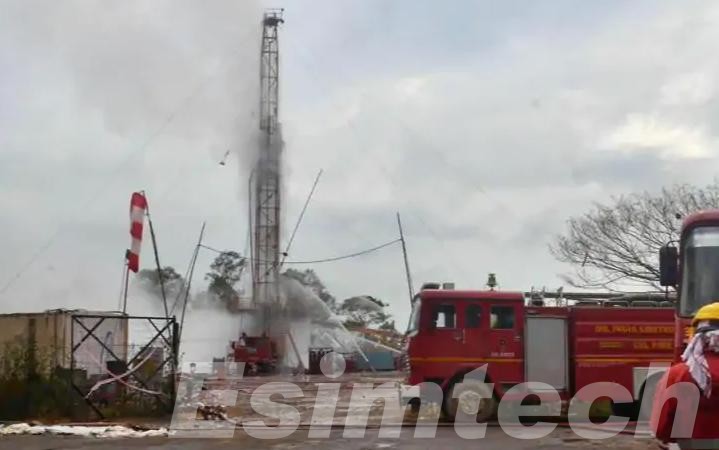
Challenges and Solutions in Implementing Well Control Standards
1. Technological Limitations
Challenges
- Many operators use outdated equipment that does not meet current safety and operational standards.
- The pace of technological advancements often outstrips the development and adaptation of well control standards.
- Integrating new technologies, such as real-time monitoring and automated systems, into legacy infrastructure can be complex and costly.
Solutions
- Invest in upgrading or replacing outdated equipment with advanced, standardized solutions.
- Regularly update well control standards to keep pace with emerging technologies.
- Use modular systems that allow for phased integration of new technologies into existing setups.
2. Global Variations in Standards
Challenges
- Variations in regulations and standards across regions make compliance difficult for multinational operators.
- The lack of harmonization between standards, such as API and ISO, complicates consistency in implementation.
Solutions
- Promote global collaboration to harmonize well control standards, ensuring compatibility across regions.
- Develop a centralized framework to streamline compliance for international projects.
3. Training and Competence Gaps
Challenges
- The quality of training programs varies significantly across providers, leading to inconsistent skill levels.
- Remote or offshore operations often have limited access to high-quality training resources.
- High workforce turnover in the industry results in gaps in competence and experience.
Solutions
- Standardize training programs using certifications like IADC WellSharp and IWCF to ensure uniform quality.
- Leverage virtual reality (VR) and online platforms to provide remote training options.
- Implement competency tracking systems and conduct ongoing assessments to address skill gaps.
4. Cost Constraints
Challenges
- Upgrading equipment, conducting inspections, and providing training require substantial financial investment.
- Smaller operators may struggle to allocate sufficient budgets for full compliance.
- Operational downtime during inspections and maintenance leads to additional financial strain.
Solutions
- Prioritize spending on critical areas, ensuring safety and operational integrity.
- Explore subsidies or partnerships to assist smaller operators in meeting compliance requirements.
- Align inspection and maintenance schedules with low-production periods to minimize revenue loss.
5. Emergency Preparedness
Challenges
- Many operations lack comprehensive and regularly updated well control response plans.
Solutions
- Develop and maintain robust emergency response protocols that are reviewed and updated regularly.
6. Cultural and Human Factors
Challenges
- Resistance to change among workforce and management can hinder the adoption of new standards.
- Miscommunication or unclear documentation of procedures increases the likelihood of non-compliance.
Solutions
- Foster a culture that prioritizes safety and encourages proactive compliance through awareness programs.
- Provide clear and concise documentation of well control procedures and standardize communication protocols.
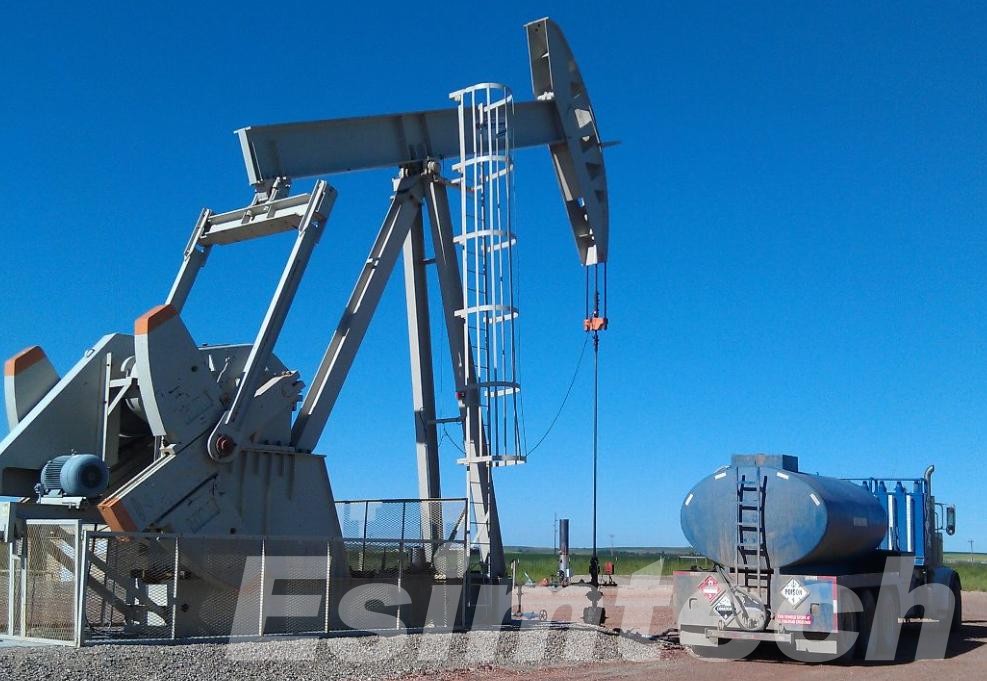
How Simulation Tools Used for Implementing Well Control Standards
This chart highlights how simulation tools play a critical role in implementing well control standards, providing benefits in training, preparedness, equipment validation, compliance, and risk management.
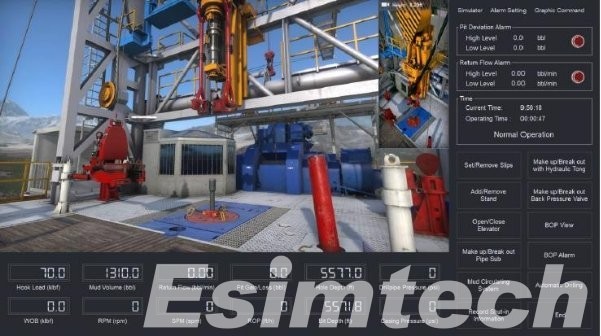
| Aspect | Role of Simulation Tools | Benefits |
| Training and Skill Development | – Simulates real-world well control scenarios, including blowouts and pressure issues. – Provides hands-on experience without risking operational safety. | – Enhances operator decision-making and readiness in high-stress situations. – Reduces learning curves and improves competency. |
| Emergency Preparedness | – Emergency exercises simulation system replicates critical events like kick detection and well shut-in procedures. – Models complex HPHT and deepwater scenarios for specialized training. | – Allows teams to practice coordinated responses under controlled conditions. – Improves response times and minimizes operational risks. |
| Testing and Validation of Equipment | – Simulates the behavior of drilling and well control equipment under extreme conditions. – Enables virtual testing of new technologies and designs. | – Ensures reliability and compliance of equipment before deployment. – Reduces costs associated with physical testing and downtime. |
| Regulatory Compliance | – Models scenarios to ensure adherence to API, ISO, and regional well control standards. – Helps operators understand and implement region-specific regulatory requirements. | – Simplifies auditing processes by demonstrating compliance. – Increases confidence in compliance during inspections. |
| Well Planning and Risk Analysis | – Simulates well designs to predict potential control challenges. – Provides data-driven insights into pressure control and kick tolerance. | – Identifies risks early, allowing for mitigation strategies in the planning phase. – Optimizes well control procedures, reducing risks and costs. |
| Continuous Improvement | – Tracks performance metrics from simulated drills and operations. – Facilitates regular updates to procedures based on simulation insights. | – Highlights areas for improvement in skills, processes, or equipment. – Enhances operational safety and efficiency over time. |

Overall, through adhering to well control standards and regulations, operators can mitigate risks, safeguard the environment, and ensure the well-being of their workforce, ensuring efficient oil and gas operations. The implementation of well control standards in the oil and gas industry presents several challenges. these issues can be addressed through a combination of technological upgrades, global collaboration, improved training, cultural shifts, and advanced oil ans gas simulation tools.

